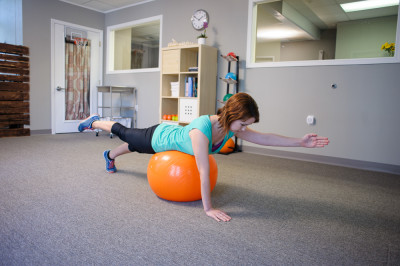Lumbar spinal stenosis, sounds like a lot of words right? Lets break it down. Stenosis means narrowing. In lumbar spinal stenosis, the space inside the lowest part of the spinal canal has narrowed. This puts pressure on the spinal cord and the nerves extending from the five bones between the rib cage and the pelvis, which make up the lower part of the spine. Typical symptoms of spinal stenosis are pain with standing and walking that is alleviated by sitting or squatting, Pain that is more intense when you lean back as opposed to leaning forward, and pain similar to sciatica that moves down the leg. Often this is treated through surgery, however a recent study in Pittsburg has found that physical therapy may be just as affective in treating the pain.
Decompression surgery, or laminectomy, is sometimes done to ease the pain of lumbar spinal stenosis. In this surgery the bony plate on the back of the vertebra is removed, creating more space for the spinal nerves being squished. The physical therapy route is much less invasive, and had very similar outcomes within the context of the Pittsburgh study. Participants in the study, from both the surgery and PT groups, saw improved symptoms as early as 10 weeks after surgery or beginning physical therapy.
The results of the study suggest that patients suffering from lumbar spinal stenosis should try physical therapy before taking more sever measures like surgery. Of corse, there are cases where surgery is necessary and inevitable. Dr. Jeffrey N. Katz, professor of medicine at Harvard Medical School, reminds us that the decision of when to have surgery should be driven by the person’s preferences and the severity of the patients pain. Back pain has many causes and treatments, in may cases physical therapy can greatly lower the severity of pain and even strengthen your body and cure the issue. It’s important to take the time and weigh all the outcomes before taking drastic measures.

LeWine, MD, Howard. “Physical Therapy as good as surgery and less risky for one type of lower back pain.” Harvard Health Publications. Harvard Medical School, 9 Apr. 2015. Web. 20 Oct. 2015.

